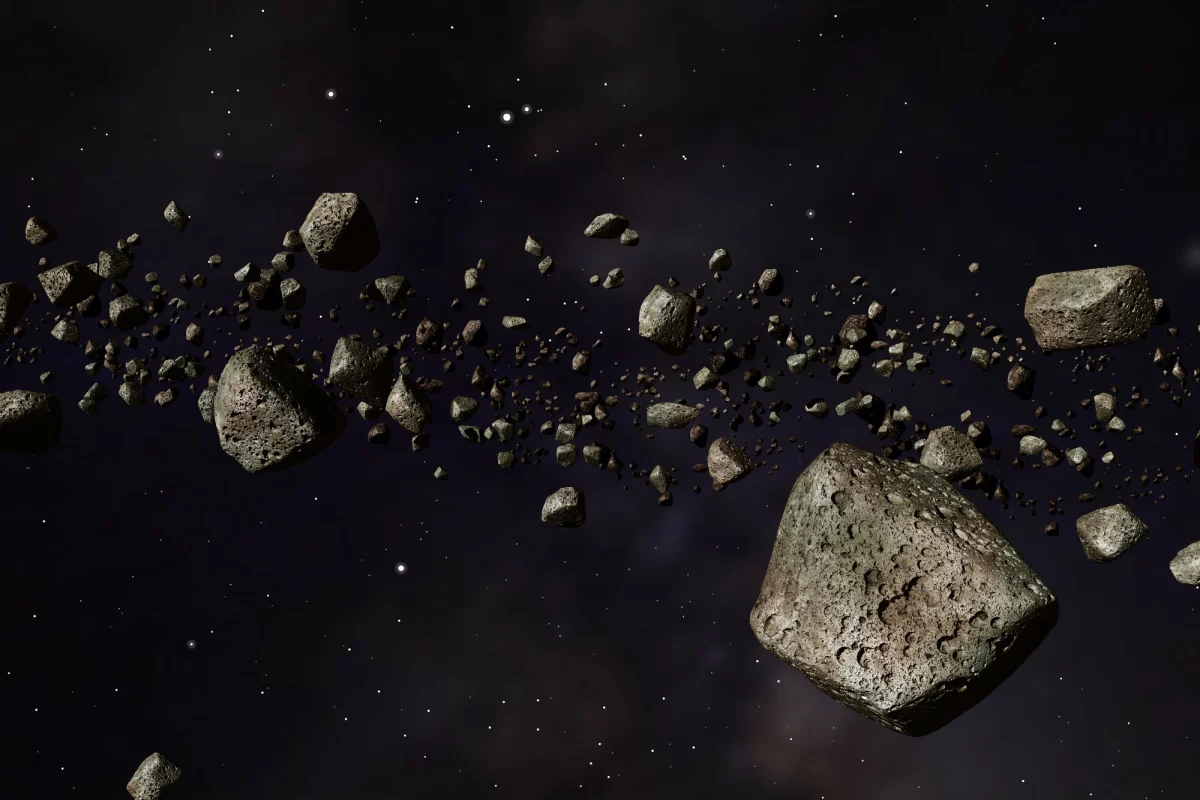Well over 100 new minor planets have been discovered in our solar system, in the darkness out beyond the orbit of Neptune. The discoveries were made by sifting through several years’ worth of data gathered by the Dark Energy Survey (DES), and applying new techniques to study objects that the survey was never intended to search for.
While Neptune is the furthest known planet in the solar system (sorry Pluto), that doesn’t mean there’s nothing beyond it. Roughly 3,000 trans-Neptunian objects (TNOs) are known to be drifting around even further out, ranging from small asteroids and comets right up to dwarf planets like Pluto. There’s even a chance that larger undiscovered planets are hiding in these distant shadows.
And now that known TNO population has grown, thanks to a project that wasn’t specifically designed to look for them. The goal of DES is to study the mysterious force that drives the acceleration of the expansion of the universe, and it does this by studying galaxies and supernovae with an extremely wide field of view.
After six years of staring at the sky, DES had plenty of data for astronomers to pore over. For the new study, scientists at the University of Pennsylvania took the first four years of that data and applied new analysis techniques to allow objects moving across the sky to be spotted.
Initially the team started with 7 billion dots, representing all kinds of astronomical objects in the survey’s field of vision. The first step was to ignore any dots that were in the same spot over multiple nights – these were likely to be stars, galaxies, supernovae and other things that DES was originally looking for.
That narrowed down the list to “only” 22 million moving objects. From there, the team joined the dots to trace the paths of these transient objects. That further cut back the number to just 400 candidates that were spotted over at least six nights of observation.
After tweaking the analysis methods multiple times, the team was able to identify a total of 316 TNOs in the data. Of these, 139 objects had never been seen before. These objects ranged in distance from about 30 astronomical units (AU), which is close to Neptune’s orbit, right out to over 90 AU.
The researchers say that in future they plan to apply the method to the entire six-year run of DES data, while looking for dimmer objects that might have been missed the first time around. They estimate that this could reveal as many as 500 new TNOs.
After that, their methods could be applied to other datasets to find even more TNOs. It’s hoped that by studying the orbits of these objects, the elusive Planet Nine may finally be discovered – if it exists, of course.
The research was published in The Astrophysical Journal Supplement Series.
Source: University of Pennsylvania




